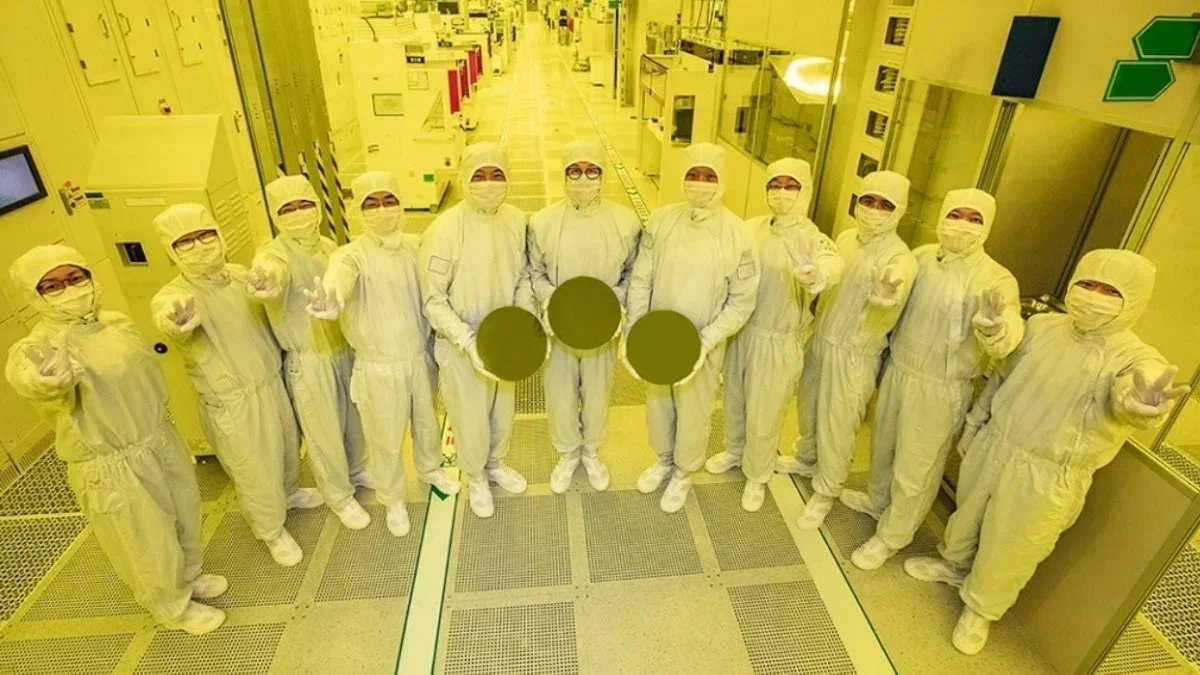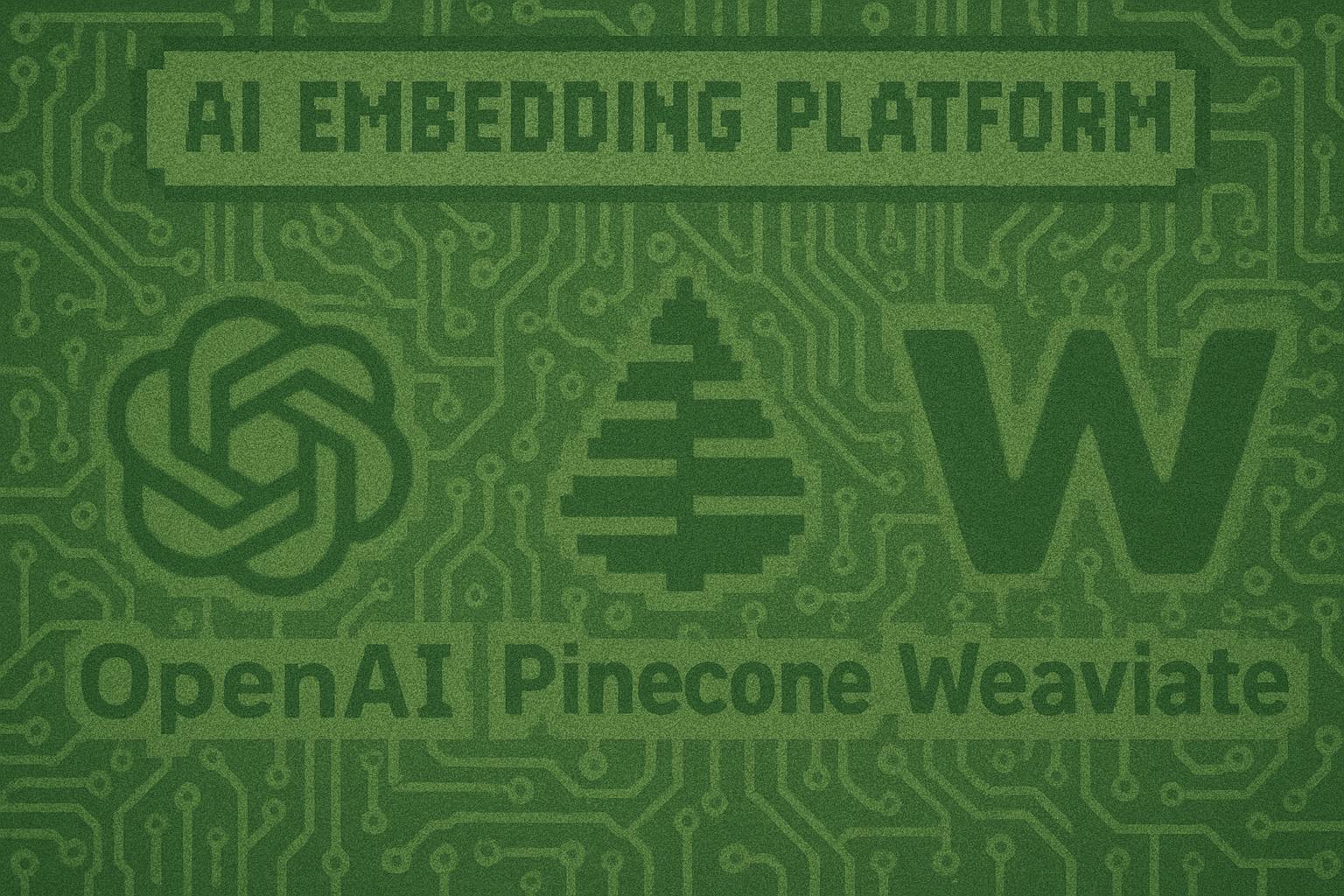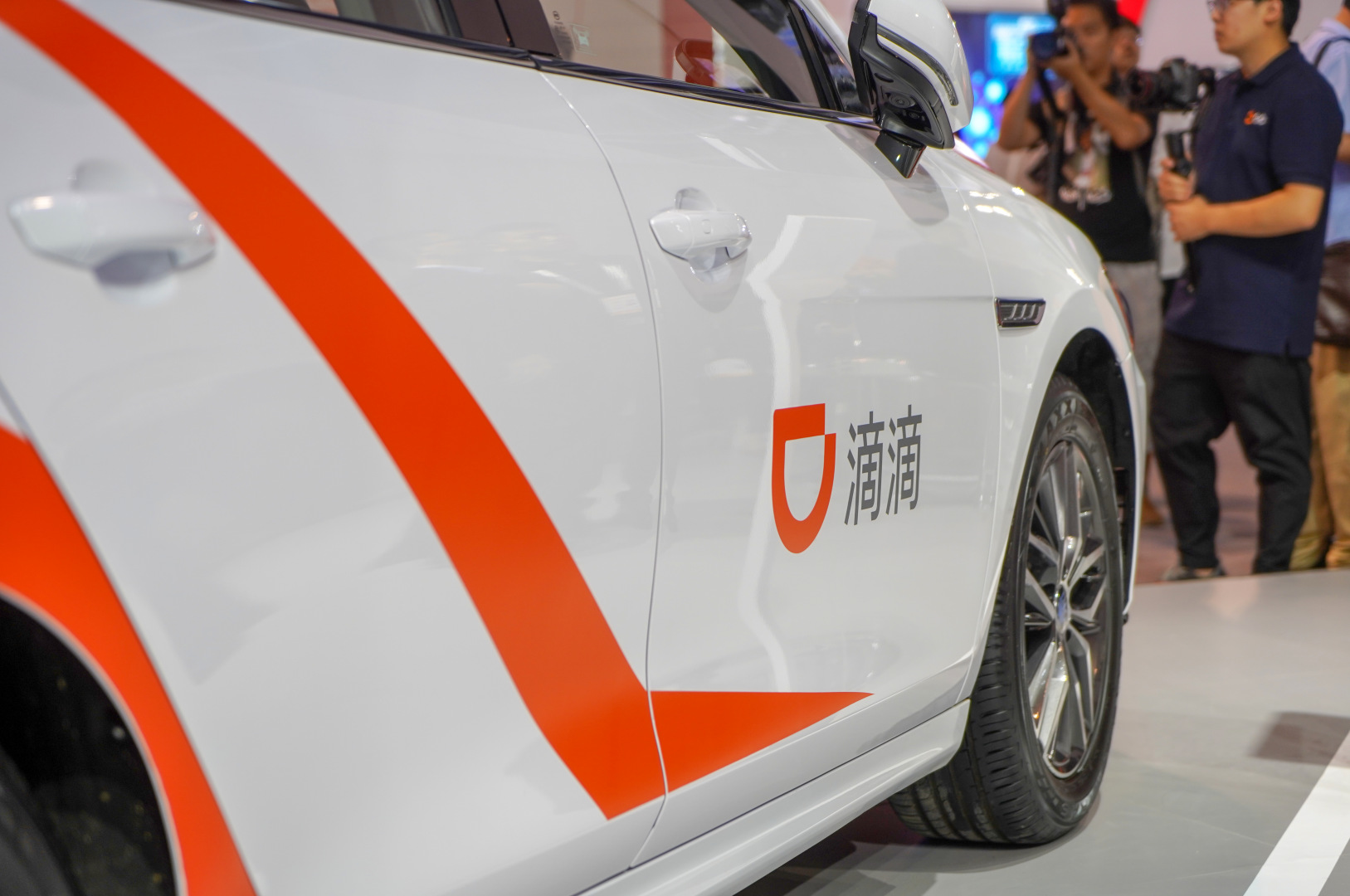Commerce Secretary Lutnick discussed a “50-50” chip production split with Taiwan
U.S. Commerce Secretary Howard Lutnick, however, says that “The conversation we’ve had with Taiwan [is] that it’s vital for you to have us [the U.S.] produce 50 percent.” Lutnick added, “The idea that I pitched them [Taiwan] was let’s get to 50-50. We’re producing half, you’re producing half.” Lutnick recently pointed out that 95% of U.S. chip demand is met by chips produced in Taiwan.
Taiwan is concerned about losing the “Silicon Shield”
Cheng, talking to reporters at Taiwan Taoyuan International Airport, rejected Lutnick’s proposal. “Our negotiating team has never made any commitment to splitting chips ’50-50,’ so the public can rest assured, she said. Lutnick’s “50-50” chip production split was considered an insult by Taiwan politicians including Eric Chou, the chairman of Taiwan’s principal opposition party Kuomintang. Chou called it “an act of exploitation and plunder. No one can sell out Taiwan or TSMC, and no one can undermine Taiwan’s silicon shield.”
The silicon shield theory states that because of the world’s dependence on Taiwan for the production of most chips, the country would be protected from an invasion by China by the U.S., Europe, and Japan. Taiwan’s leaders fear that if it were to give up such a large chunk of its chip production, it would lose the silicon shield. TSMC is believed to have plans in place to prevent China from taking over its fabs in case of an invasion, including a rumored scorched earth policy that would destroy the facilities and make them inoperable. This might include damaging the cleanrooms that are essential in the production of silicon chips.
Arisa Liu, a director at independent think tank Taiwan Institute of Economic Research, says that Lutnick’s demand “Brings more harm than benefit to Taiwan.” She told CNN, “Significant investments and capacity shifts toward the US will inevitably weaken Taiwan’s own ecosystem, undermining the integrity of its supply chain.”
Trump does get partial credit for getting TSMC to build fabs in the U.S.
During Donald Trump’s first term, one of his biggest accomplishments was to get TSMC to build fabs in Phoenix. The Trump administration had several concerns at the time, most of which remain to this day. One is the goal of making America self-sufficient in the chip industry. Another issue is the aforementioned fear that China, also seeking to be self-sufficient when it comes to manufacturing chips, sees TSMC as a potential prize to be plucked with an invasion of Taiwan.
Former President Joe Biden also deserves some credit as he signed the CHIPS and Science Act in 2022. This legislation made it financially viable for TSMC to build foundries in the U.S. as it delivered $52.7 billion in subsidies, grants, and tax credits for domestic semiconductor manufacturing.
TSMC has already committed to spending $65 billion to build multiple fabrication facilities in Arizona. The first fab is up and running and is producing 4nm chips. By 2028-2029, the foundry expects to manufacture 2nm integrated circuits in America. This could eventually help the U.S. become a global destination for chip manufacturing, which is something that no one thought possible a few short years ago.
“Iconic Phones” is coming this Fall!
Good news everyone! Over the past year we’ve been working on an exciting passion project of ours and we’re thrilled to announce it will be ready to release in just a few short months.









